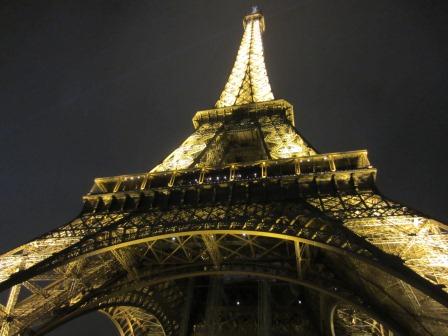A post from our student blogger Sarah Goodman
When drafting patent applications, it is important to avoid the use of certain terminology. Some specific words should either never be used or be used with extreme caution. The use of these words is commonly called “patent profanity.” Patent profanity includes words and phrases that cause unnecessary complicated litigation and limit a patent’s scope. These terms should be avoided in the entire patent application, not just the claims. A limiting statement in the specification can be read into the claims resulting in a narrowed scope. Narrowed claims are more easily designed around by competitors causing the patent to be less valuable.
The term “invention” should be used sparingly if at all in a patent application. If the patent application refers to “the invention” as having certain properties or features, these aspects may be incorporated into the claims since the claims identify the boundary of protection for the invention. A statement that seems to describe the invention as a whole by using the term “the invention” is more likely to limit the scope than a statement that describes an embodiment.
Absolute terms are to be avoided in patent applications. Examples include: must, always, necessary, critical, needed, required, and only. These terms are limiting because they are very specific. Describing an aspect of the invention with an absolute term suggests that the invention is not complete without the aspect. Well drafted patent applications should instead include generic language, variations, alternatives, and examples to identify the broadest possible scope of the invention.
The term “prior art” should never be used in a patent application. Characterizing a reference as prior art is an assertion by the applicant that the reference contains comparative material to the invention. References that seem to be related to the invention are required to be cited in the patent application but when referring to the documents, it is best to simply call them references.
A patent practitioner has the job of drafting high quality patent applications and therefore must choose wording that entitles the inventor to the broadest allowable scope of the invention. The right to an invention should not be decreased by poor wording choices in the application. A patent drafter has a responsibility to the client to draft the best application possible. Our MSPL class is learning about the assortment of patent profanities and strategies of avoiding their use while drafting patent applications.
